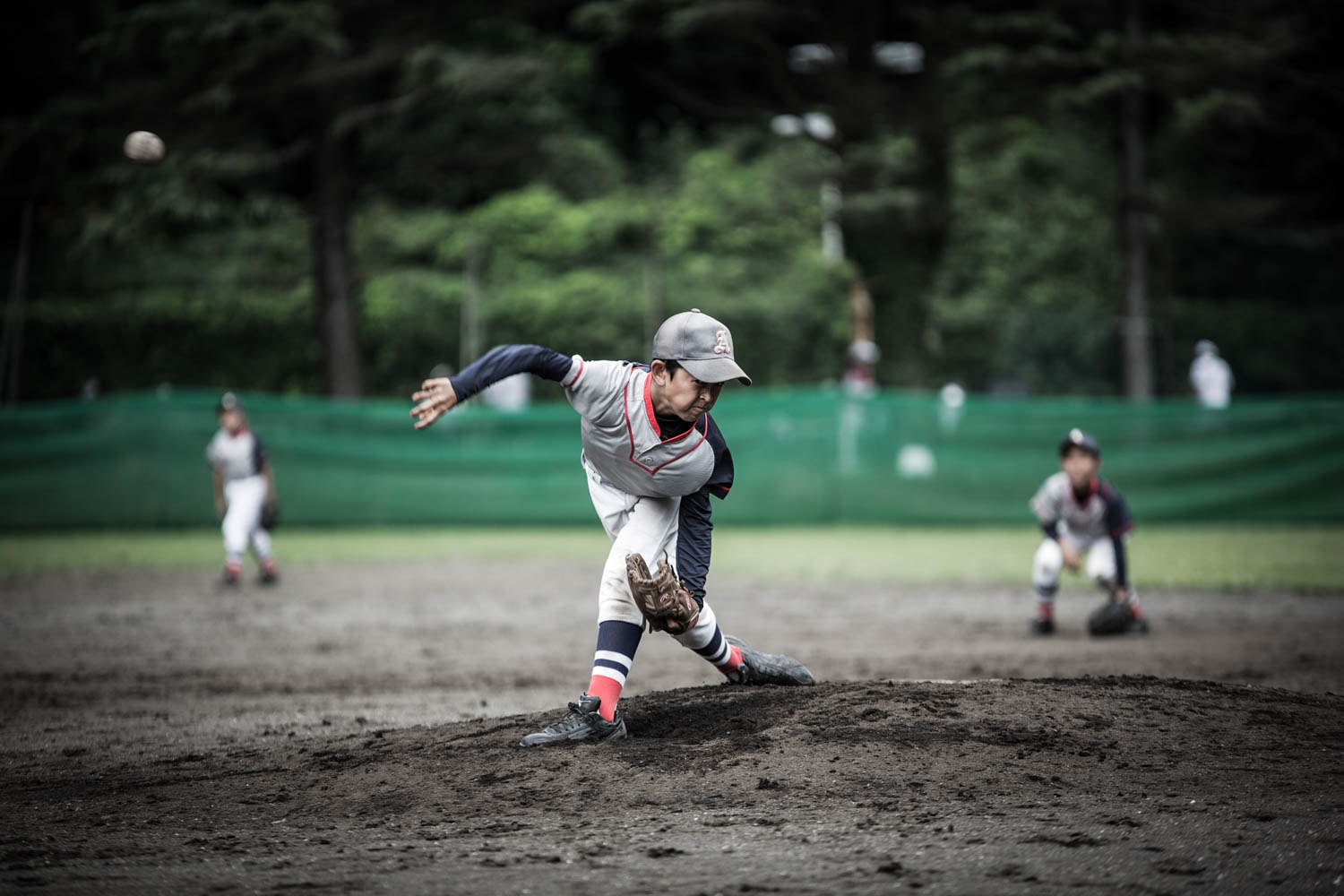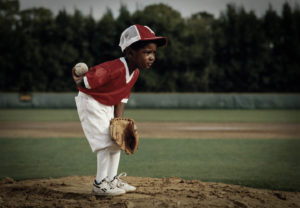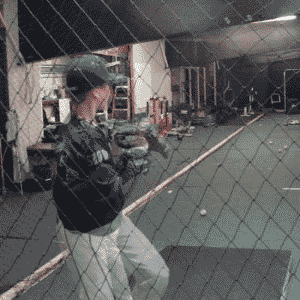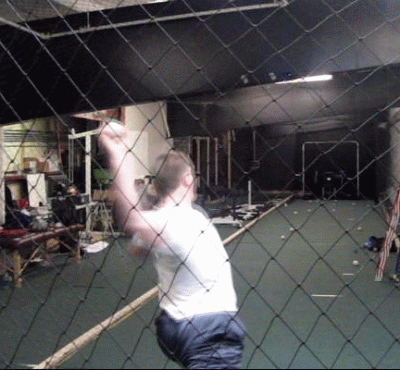Should Youth Pitchers Throw a Curveball? Probably Not.

The debate on whether or not youth pitchers should throw curveballs rages on, and on, and on. Studies to seem to show that breaking balls are no less stressful on the elbow and youth pitchers who throw curveballs don’t seem to be more likely to have surgery or retire from pitching due to pain, so what’s the deal?
Despite the inconclusive kinematic/kinetic and longitudinal studies done on breaking balls, Dr. Kremchek (a well-respected sports orthopedist) strongly disagrees:
“They have an obligation to protect these 12-year-old kids and instead, they’re saying, ‘There’s no scientific evidence curveballs cause damage, so go ahead, kids, just keep throwing them,’ ” Kremchek said. “It makes me sick to my stomach to watch the Little League World Series and see 12-year-olds throwing curve after curve. Those of us who have to treat those kids a few years later, we’re pretty sure there is a cause and effect.”
Unfortunately, the answer isn’t so black-and-white.
We took this research and investigate the claims on our own athletes and found our results fell in line with studies that we’ve read, curveballs are no more stressful than fastballs. But the relationship changes when you take velocity into account, then the curveball becomes the most stressful!
There is also a real sampling issue here in that pitchers who throw breaking balls (or throw harder than average) tend to be more successful, and therefore they are used more.
Youth pitchers who throw a large amount of innings in a calendar year – especially year-round baseball in the warm weather states – ARE more likely to be hurt, by a huge factor! However, we know that overuse is a real problem when a pitcher is young; that doesn’t help us answer the question on whether or not youth pitchers should throw breaking balls.
Before we even talk about how to throw the best curveball or what the best curveball grip is for youth pitchers, let’s reflect on the main question: “Should youth pitchers even throw a curveball?”
And I think that answer is “No.”
Youth Pitchers’ Neuromuscular Control is Underdeveloped
Have you ever seen a 10-year old kid run into a table at full blast for no reason, cutting his head open and requiring stitches? Or watch them trip over their own feet while walking down the street?
The young body is undergoing huge physiological changes in a multitude of domains, and on top of that, the motor control center isn’t very good at coordinating all these changing areas of the body. Just when the body has a map to follow, the map detours wildly off path, forcing the brain to rewire everything once again.
Wildly changing mechanics in pitchers who already throw hard is a great way to injure the athlete if he is not enrolled in a solid arm care / arm strengthening program (such as one outlined in Hacking the Kinetic Chain – Youth).
Recently the 11U Showtime team I train have been introduced to the standard supinated grip curveball with the “pull-down the lampshade” mechanics by their pitching coach.
Instead of analyzing the pros/cons of teaching a curveball that way (see my article for more details including high-speed video – Young Arms and Curveballs), I think that most instructors and pitching coaches have never taken video of their pitchers and done a spot check of their pitching mechanics when comparing their fastball with their breaking ball. The video below is an overlap video shot at 120 frames per second, and this was AFTER I instructed the pitcher to try to maintain similar mechanics between his fastball and curveball:
Does that look particularly consistent to you? Didn’t think so.
My issue with teaching breaking balls to youth pitchers is simple: You expect a kid who can barely tie his shoes the same way to learn complex motor control patterns and hope to repeat it on a regular basis?
It all stinks of trying to “win now” when development should be the primary goal.
Developing good velocity, repeatable mechanics, and a base of arm strength are more important than breaking balls for even elite high school pitchers – much less youth pitchers!
A young pitcher just needs to develop the ability to throw hard with repeatable mechanics and the warm-up and recovery habits to keep doing so.
For fun, here’s what one of my clients (Drew Rasmussen, class of 2014 – Oregon State commit) looks like when throwing his change-up against his slider (two of the most different possible pitches you can pick):
You can barely tell that’s an overlay video until the ball separates or you check the follow-through. Now compare that to the youth pitcher above. Easy enough?
We’ve published other articles that are directed towards coaching, check them out here!
Comment section
Add a Comment
You must be logged in to post a comment.



Cromulent -
Why the continually dwindling numbers?
drivelinekyle -
Games are nearly upon us and not everyone is interested in continuing with an in-season program.
Cromulent -
Ha! Here in SE MI we’re still a good two months away. Though the wife is sick and tired of taking care of our dog while Kell pounds the wall.
Kell is getting tired of me trying to finagle our way thru your ballistic pickoff throws.
A request: complete list of your recommended camera models. So I can set up eBay & Craigslist alerts.
Reviewing Offspeed Pitches and Elbow Torque - Driveline Baseball -
[…] First off, both the peer-reviewed study and ours involved college and professional athletes. So these findings should only apply to them. Like we mentioned in our previous article, there is more conflicting evidence with youth pitchers and offspeed pitches. […]